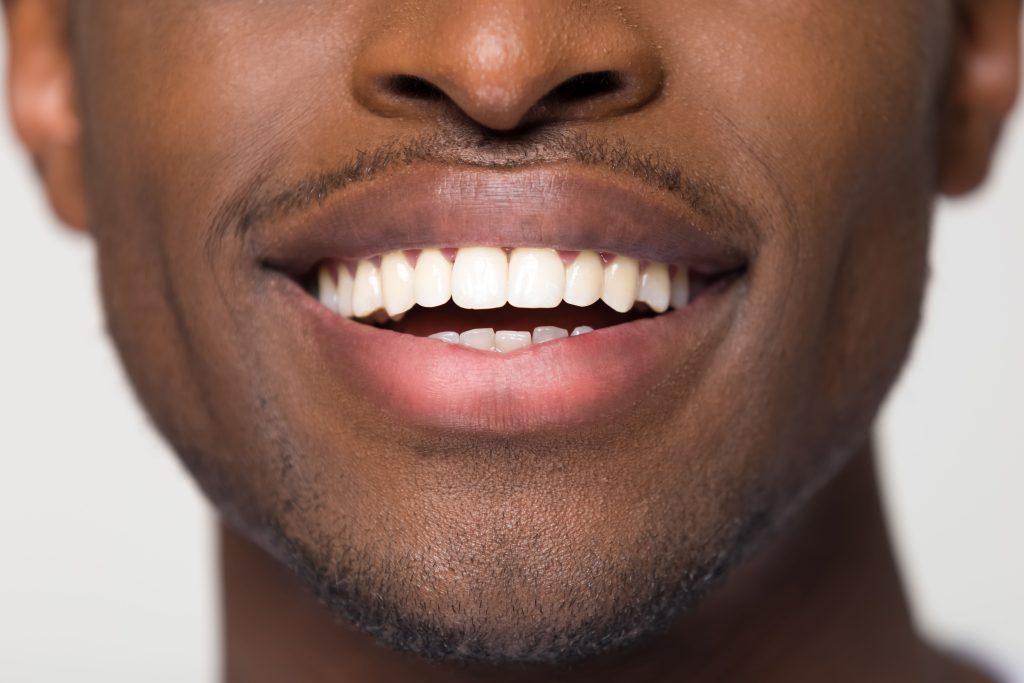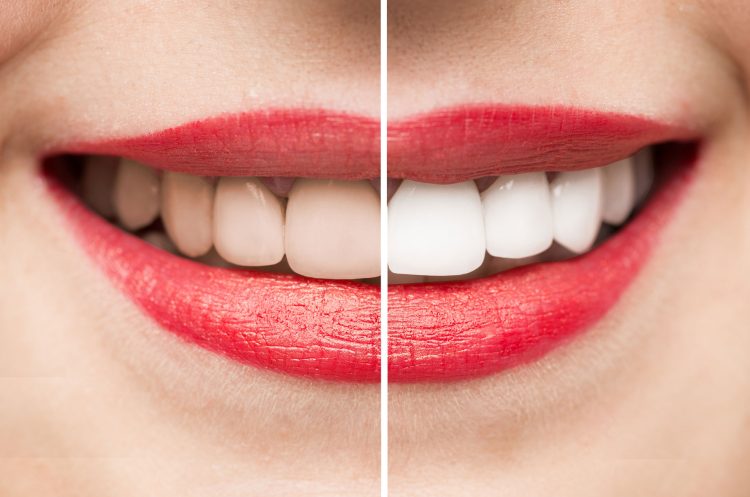Introduction: The Allure of a Bright Smile
In a world where beauty often finds its expression in the phrase “luscious lips and pearly whites,” the charm of a radiant smile is undeniable. However, many find that their teeth, once a source of pride, have taken on a less desirable hue. The question thus arises: can yellowed teeth ever regain their former brilliance? Let us embark on a journey to explore this, unraveling the mysteries of tooth color and the paths to restoration.
The Nature of Tooth Color
Teeth are not a uniform, pristine white; rather, they exhibit a range of colors influenced by various factors. Typically, teeth possess a pearly white to light yellow shade, adorned with a natural luster. The perceived color is a delicate interplay between the mineralization of the enamel, which coats the surface, and the underlying dentin.
- Enamel and Dentin Dynamics
The varying degrees of enamel mineralization play a crucial role in tooth color. If the enamel is poorly mineralized and less transparent, the yellow hues of the dentin underneath remain obscured, resulting in a whiter appearance. Conversely, well-mineralized enamel allows the dentin’s pigments to show through, often giving teeth a yellowish tint.
Thus, the yellowing that many find unappealing is often, in reality, a natural characteristic of healthy teeth.
Understanding Tooth Discoloration
When teeth manifest a brownish-yellow or grayish-black tint, the cause is typically categorized into two primary types: extrinsic (external) and intrinsic (internal) discoloration.
1. Extrinsic Discoloration
Extrinsic stains are the result of pigments from external sources that adhere to the dental surface.
- Calculus Build-Up
Calcified plaque, or tartar, accumulates on the teeth and is particularly notorious for its porous nature, which traps pigments, leading to shades ranging from light yellow to dark brown. - Pigment Staining
Foods and beverages such as coffee, tea, red wine, and colas can deposit colorants on the teeth. Smokers or those regularly consuming pigmented foods may experience significant discoloration over time.

2. Intrinsic Discoloration
Intrinsic staining arises from internal changes in the tooth structure.
- Fluorosis
Excessive fluoride exposure during childhood can hinder enamel development, resulting in white or brown spots. - Tetracycline Stains
In individuals born in the 1960s and 1970s, the use of tetracycline antibiotics during critical periods of dental development can lead to permanent discoloration, presenting as yellows and grays. - Trauma
Physical damage to a tooth can disrupt the pulp, leading to changes in mineral color and the introduction of blood pigments into the dentin. - Pulp Necrosis
If a cavity progresses untreated, it may lead to pulp death. This loss of vitality often manifests as darkening of the tooth. - Aging
With age, mineral wear occurs, contributing to a natural dulling and yellowing of teeth.
Restoring Your Smile
The inevitable question arises: can yellowed or darkened teeth be rejuvenated? Fortunately, solutions abound:
Professional Cleaning and Polishing
A thorough dental cleaning combined with polishing can often restore teeth to their natural shade.
Advanced Whitening Techniques
For stubborn stains, professional whitening methods, such as cold light whitening or porcelain veneers, provide effective alternatives. These approaches target deeper discolorations while being gentle on enamel.
Caution Against Home Remedies
While many might be tempted by folk remedies—like vinegar rinses or chewing herbal leaves—these often lead to more harm than good. Prolonged exposure to acidic substances can erode enamel, exacerbating the problem.
It is essential to consult dental professionals upon noticing significant changes in tooth color. Their expertise allows for tailored treatment plans addressing the specific causes of discoloration, ultimately helping restore teeth to their dazzling state.
Conclusion: Embracing Your Unique Beauty
Teeth, much like individuals, carry unique stories reflected in their color. Understanding these nuances and the reasons behind discoloration empowers us to embrace our smiles—however they may appear. With the right care and professional guidance, there’s always hope for a whiter, brighter future.













































Discussion about this post